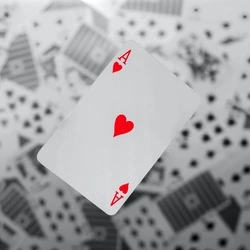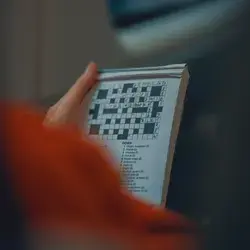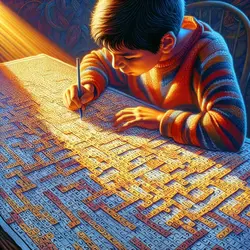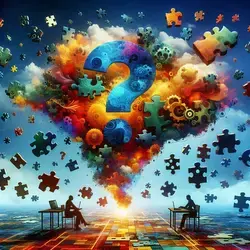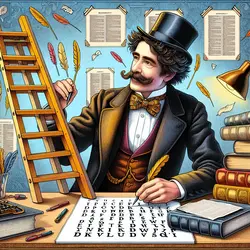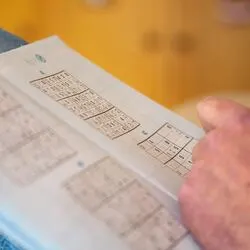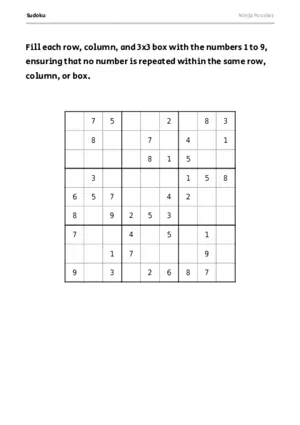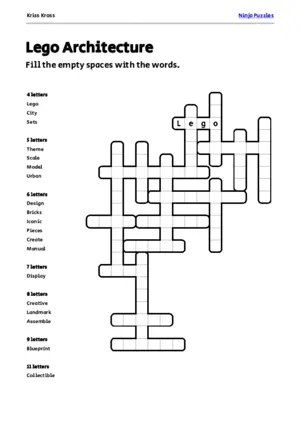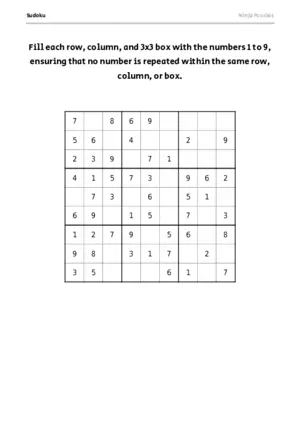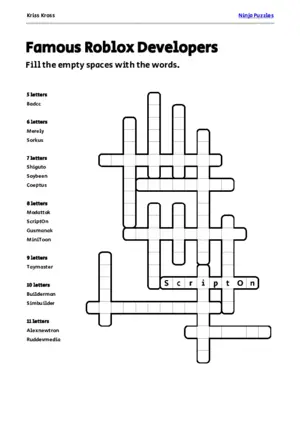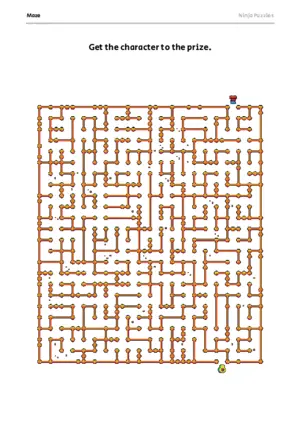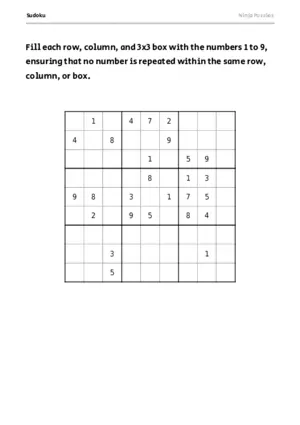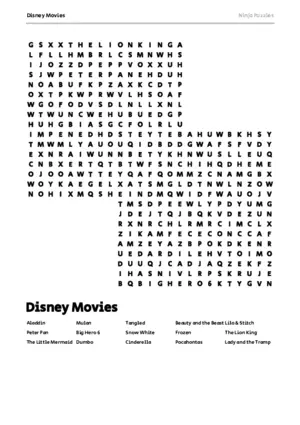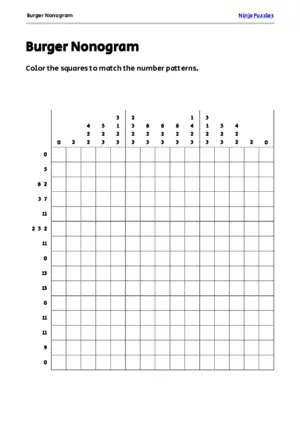Unraveling the History of Puzzles
About the author • Ben Gillbanks spent 11 years working at Miniclip.com as a game and web developer. He spent a lot of that time working on and thinking about games and puzzles. He now makes apps, and puzzles, and apps that make puzzles. More info →
Puzzles have been a timeless source of entertainment, challenge, and cognitive stimulation throughout human history, captivating diverse audiences across generations and cultures.
- Puzzles offer mental challenges, serve as stress-relievers, and provide a versatile offline activity.
- Types range from Sudoku and crosswords to jigsaw puzzles and hidden object challenges.
- Crafting puzzles involves understanding your audience, diversifying types, and balancing difficulty progression.
Why are puzzles popular?
Puzzles engage the mind, offer stress relief, and provide a diverse offline activity. From ancient civilizations to the digital age, the allure of puzzles transcends borders and generations.
Delving into the annals of time, we discover the roots of puzzles embedded in ancient cultures. Whether it’s the riddles of ancient Egypt or the intricate Chinese tangrams, puzzles have been a constant companion in our intellectual journey. As societies evolved, so did the complexity and diversity of puzzles.

A newspaper Crossword
Why Puzzling is Popular
Puzzles, from Sudoku to word searches, captivate a broad audience for several reasons. Firstly, they offer a mental challenge, stimulating cognitive functions and providing a sense of accomplishment upon completion. This engagement is like a workout for the brain, attracting individuals seeking intellectual stimulation.
Moreover, puzzles serve as a delightful escape from daily stressors. They provide a focused, immersive experience that temporarily diverts attention from life’s complexities. The simplicity of the task and the clear goal create a satisfying experience, making it an ideal way to unwind.
Their versatile nature contributes to their popularity. Puzzles come in various forms and difficulty levels, catering to different preferences and skill sets. This adaptability ensures that anyone, regardless of age or background, can find a puzzle that suits their taste and level of challenge.
In our fast-paced world, puzzles offer a timeless, offline activity. They don’t require screens or technology, allowing individuals to unplug and relax. This analog appeal, coupled with the satisfaction of problem-solving, explains why puzzles persist as a beloved pastime, standing the test of time since their introduction.
Types of Puzzles
1. Sudoku
Originating in Switzerland, Sudoku has taken the world by storm. Its logical challenges appeal to the strategist in us, providing a mental workout that’s both addictive and satisfying.
We have a blog post all about Sudoku Puzzles, their history, and what makes them great.
2. Crosswords
A staple in newspapers, crosswords are a linguistic playground. With their clever wordplay and cultural references, they challenge our vocabulary and knowledge.
Read more about Crossword Puzzles and where they come from.
3. Word Searches
Simple yet effective, word searches engage our pattern recognition skills. They’re accessible to all ages and a great starting point for puzzle enthusiasts.
If you want to know more we have an article looking at the history and enduring legacy of word searches.
4. Word Ladders
A linguistic journey where changing one word into another requires a series of connected, intermediary words. It’s a delightful exercise for word aficionados. If you’re curious about the art and history behind these engaging puzzles, dive into my blog post, “Word Ladders Unveiled: Cracking the Puzzle Path” Unravel the mysteries and enjoy the linguistic adventure!
5. Nonograms
Also known as Picross or Griddlers, Nonograms combine logic and art. Revealing pixelated images by deciphering number clues adds an artistic flair to the puzzling landscape. I’ve written about the history of Nonograms and how they came to be.
6. Jigsaw Puzzles
The timeless joy of fitting together interlocking pieces to form a complete picture. Jigsaw puzzles not only entertain but also offer a tactile experience.
7. Mazes
Navigating a labyrinth tests our spatial awareness and problem-solving skills. Mazes, in various forms, have challenged minds for centuries.
8. Rebus
A visual puzzle using pictures, letters, and symbols to represent words or parts of words. It’s a playful twist on language comprehension.
9. Kakuro
A numerical challenge that combines elements of Sudoku and crosswords. Kakuro adds a numeric layer to the puzzle-solving experience.
10. Tangrams
An ancient Chinese puzzle consisting of seven geometric pieces that can be arranged to form a square. Tangrams blend art and problem-solving seamlessly.
11. KenKen
A mathematical puzzle that exercises basic arithmetic skills within a grid structure. It’s a numbers game that’s both fun and educational.
12. Anagrams
The rearrangement of letters to form new words challenges our language processing skills. Anagrams are a linguistic puzzle that never gets old.
13. Hidden Object Puzzles
Observation meets problem-solving as players seek concealed items within intricate scenes. Hidden object puzzles add a detective-like element to the mix.
14. Matchstick Puzzles
A hands-on challenge where rearranging matchsticks forms a new configuration. It’s a tactile and visual puzzle-solving experience.
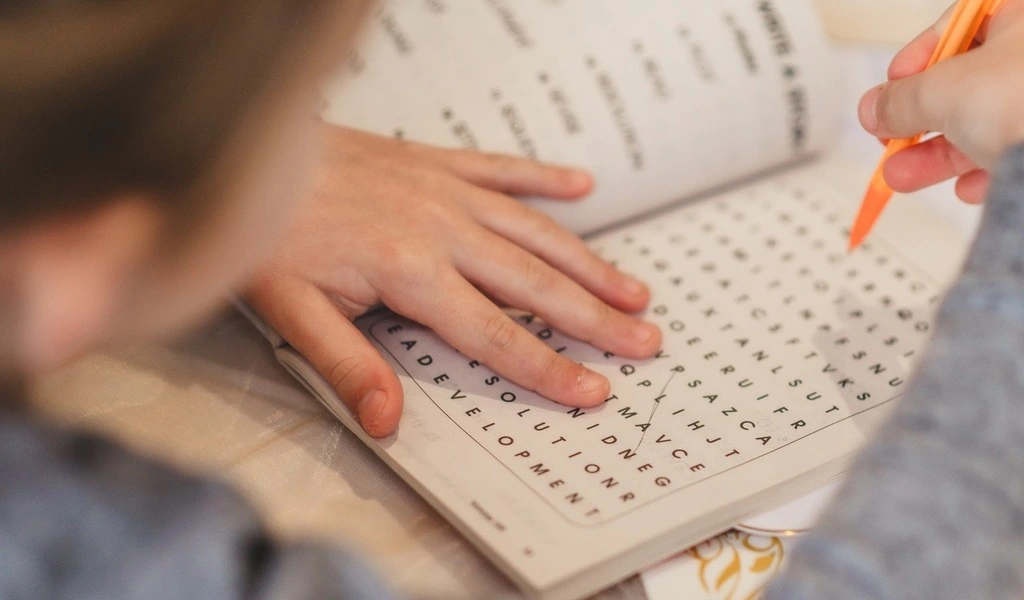
A child playing a Word Search
Crafting Puzzles
Crafting puzzles is an intricate art, where the fusion of creativity and logic gives birth to engaging challenges. To delve deeper into the world of puzzle creation, consider your audience’s preferences and skill levels. Tailor your puzzles to captivate their interest, whether it’s the thrill of unraveling a mystery or the satisfaction of solving a complex problem.
Diversity is the key to a compelling puzzle experience. Mix and match puzzle types, introducing variety to keep your audience on their toes. A fusion of crossword intricacies with the structured logic of Sudoku can create a unique and stimulating challenge.
Maintain a careful balance in difficulty progression. Begin with accessible puzzles to entice beginners, gradually increasing complexity to engage seasoned solvers. A well-crafted difficulty curve ensures satisfaction for a diverse audience.
Remember, the joy of a puzzle lies not just in its solution but in the journey to unravel it. Infuse a sense of accomplishment and curiosity into every puzzle you create, sparking the desire for more.
As you embark on the puzzle-creating journey, let your creativity flow freely, and don’t hesitate to push the boundaries of conventional thinking. Crafting puzzles isn’t just about solving; it’s about igniting the spark of curiosity and challenging minds in unexpected ways.
All of the puzzles on Ninja Puzzles have been created by an amateur puzzle creator. Each puzzle I create is a learning experience, and I hope to improve with each one.
As we navigate the rich landscape of puzzles, we discover not just games but gateways to a world of mental agility, creativity, and shared experiences. Whether you’re a seasoned puzzler or just embarking on this journey, the puzzle universe welcomes all.

